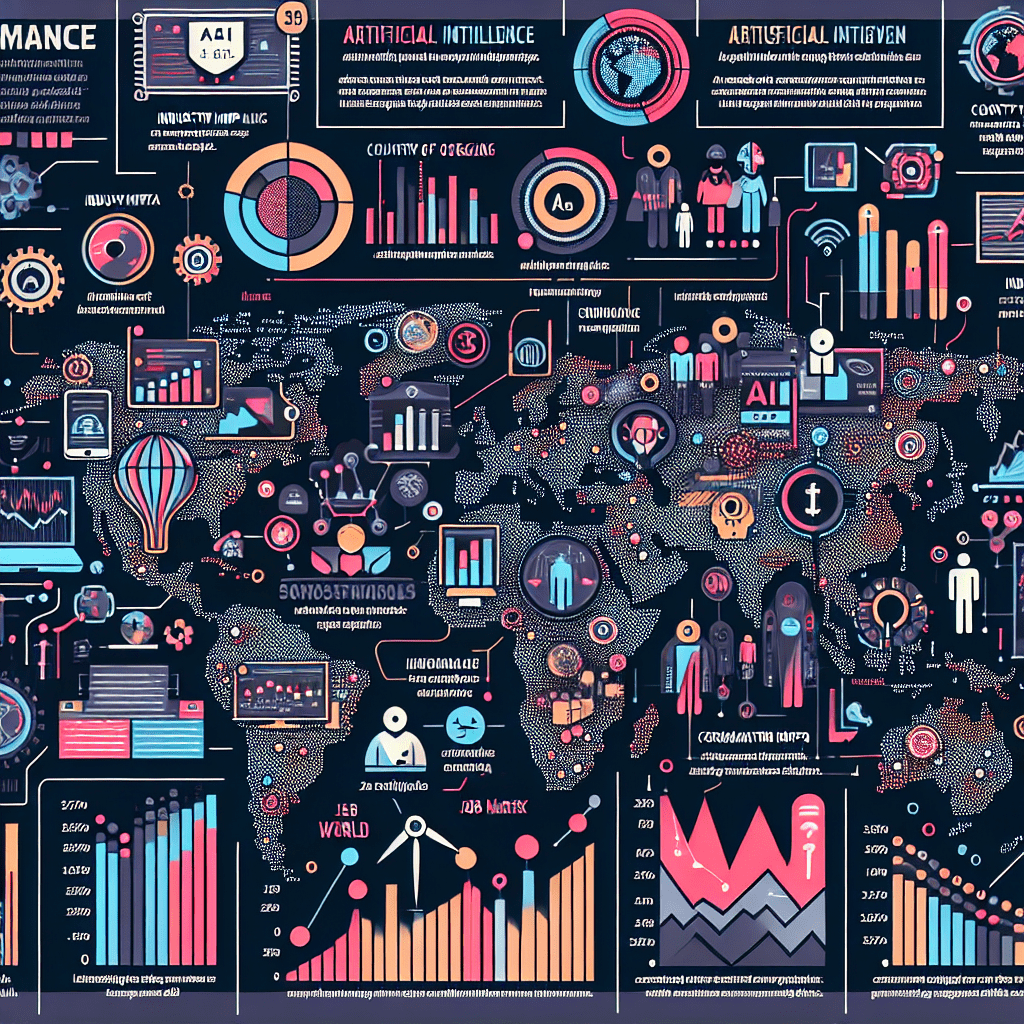Table of Contents
Southeast Asia is a region on the rise, with rapid economic growth and increasing energy demands. As countries in the region grapple with the challenges of meeting these demands while mitigating the environmental impact, they are turning to innovative technologies to transform their energy sectors. From renewable energy solutions to smart grids and energy efficiency measures, Southeast Asian nations are embracing cutting-edge advancements to build a more sustainable and resilient future.
The Renewable Energy Revolution
One of the most significant technological shifts in Southeast Asia’s energy landscape is the growing adoption of renewable energy sources. Countries like Thailand, Vietnam, and the Philippines are investing heavily in solar, wind, and hydropower projects to reduce their reliance on fossil fuels and lower their carbon footprints.
In Thailand, the government has set ambitious targets to increase the share of renewable energy in its power mix to 30% by 2036. To achieve this goal, the country is promoting the development of large-scale solar farms and rooftop solar installations. Thai companies like SPCG Public Company Limited are at the forefront of this solar revolution, with a portfolio of over 36 solar farm projects across the country.

Vietnam is another Southeast Asian nation making significant strides in renewable energy adoption. The country has set a target to increase its renewable energy capacity to 45 GW by 2030, with a focus on wind and solar power. In 2020, Vietnam added a record-breaking 11.6 GW of solar capacity, making it the third-largest solar market in the world after China and the United States.
Harnessing the Power of Hydroelectricity
Hydropower is another key renewable energy source in Southeast Asia, given the region’s abundant water resources. Countries like Laos and Cambodia are leveraging their hydroelectric potential to generate clean electricity and export it to neighboring countries.
The Xayaburi Dam in Laos, which began commercial operations in 2019, is a prime example of the region’s hydropower ambitions. With a capacity of 1,285 MW, it is the first of several large-scale hydropower projects planned on the lower Mekong River. While these projects have raised concerns about their environmental and social impacts, they demonstrate the region’s determination to harness its natural resources for energy production.
Smart Grids and Energy Efficiency
In addition to renewable energy adoption, Southeast Asian countries are also investing in smart grid technologies to improve the efficiency, reliability, and flexibility of their power systems. Smart grids use advanced sensors, communication networks, and data analytics to monitor and optimize energy production, transmission, and distribution.
Singapore, a leader in smart city initiatives, is at the forefront of smart grid deployment in Southeast Asia. The city-state has implemented a range of smart grid projects, including the Intelligent Energy System (IES) pilot, which uses advanced metering infrastructure and data analytics to optimize energy consumption in households and buildings.

“Smart grids are a game-changer for the energy sector,” says Dr. Sanjay Kuttan, Executive Director of the Singapore Maritime Institute and an expert on energy technologies. “By leveraging data and automation, we can create a more responsive, resilient, and sustainable energy system that meets the needs of a growing population while reducing our environmental footprint.”
Energy Efficiency in Buildings and Industries
Energy efficiency is another critical area where Southeast Asian countries are deploying innovative technologies. With rapid urbanization and industrialization, the region’s energy demand from buildings and industries is growing exponentially. To curb this demand and reduce energy waste, countries are implementing energy efficiency measures and standards.
In Indonesia, the government has launched the National Energy Efficiency Movement, which aims to reduce energy intensity by 17% by 2025. As part of this initiative, the country is promoting the adoption of energy-efficient technologies in buildings, such as LED lighting, efficient air conditioning systems, and building energy management systems (BEMS).

Similarly, in the industrial sector, countries are encouraging the adoption of energy-efficient technologies and practices, such as waste heat recovery, cogeneration, and energy audits. For example, Vietnam’s National Energy Efficiency Program (VNEEP) provides technical assistance and financial incentives to industries to adopt energy-efficient technologies and practices.
The Future of Electric Mobility
Electric mobility is another technological frontier that Southeast Asian countries are exploring to reduce their oil dependence and carbon emissions. With the rapid growth of urban populations and vehicle ownership, electrifying transportation is becoming a key priority for the region.
Thailand, a major automotive manufacturing hub, is positioning itself as a leader in electric vehicle (EV) production. The country has set a target to have 1.2 million EVs on its roads by 2036 and is offering incentives to manufacturers and consumers to accelerate EV adoption. Thai companies like Energy Absolute are investing in EV charging infrastructure and battery production to support this transition.

In Indonesia, the government is promoting electric motorcycles as a cleaner alternative to the millions of gasoline-powered motorcycles on its roads. The country has set a target to have 2 million electric motorcycles by 2025 and is working with manufacturers like Honda and Yamaha to develop affordable and reliable models.
Collaborating for a Sustainable Future
As Southeast Asian countries navigate their energy transitions, regional cooperation and knowledge sharing are becoming increasingly important. Initiatives like the ASEAN Plan of Action for Energy Cooperation (APAEC) provide a platform for countries to collaborate on energy issues, share best practices, and develop joint projects.
“Regional cooperation is essential for achieving our sustainable energy goals,” says Dr. Nuki Agya Utama, Executive Director of the ASEAN Centre for Energy. “By working together, we can accelerate the deployment of clean energy technologies, attract investments, and build a more resilient and connected energy system that benefits all ASEAN member states.”
Conclusion
Southeast Asia’s energy landscape is undergoing a profound transformation, driven by technological innovations and a growing commitment to sustainability. From renewable energy and smart grids to energy efficiency and electric mobility, countries in the region are embracing cutting-edge solutions to meet their energy needs while reducing their environmental footprint.
As the world watches, Southeast Asia has the opportunity to demonstrate that economic growth and sustainable development can go hand in hand. By harnessing the power of technology and collaboration, the region can build a cleaner, greener, and more prosperous future for all.